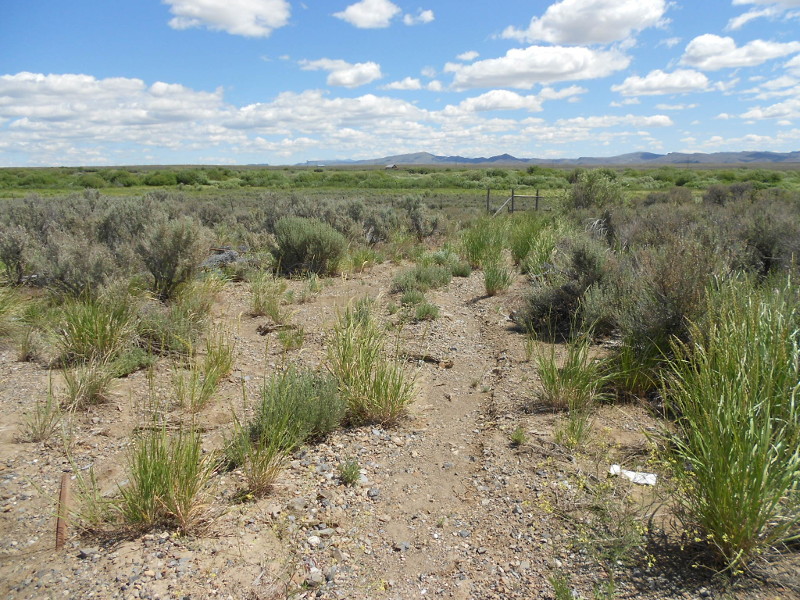-
Maximum Concentration Limits
Categories: Estimated reading time: 2 minutes
Much has changed since the Clean Water Act (CWA) was passed in 1972, but not how water quality is regulated. Existing environmental data analyzed with advanced statistical models can bring CWA regulatory compliance into the 21st century. With global warming, and societal concerns about sustainability, modernizing regulatory compliance benefits everyone. The use of maximum concentration limits (MCLs) on individual chemical ions or collections such as total dissolved solids (TDS) applied to all water bodies regardless of type or geographic location is similar to the way medicine was practiced centuries ago when we did not understand human physiology and variability. -
permit-holders-and-regulators-bridging-the-gap
Categories: Estimated reading time: 2 minutes
It is common for environmental permit holders and regulators to speak past each other and not communicate. This frustrates and angers both sides, yet it is easily avoided. Over the decades I’ve seen the results of such mis-communication and the costs to the permit holder. This blog post will teach you how to effectively communicate with regulators (if you are a permit holder) and with permit holders (if you are a regulator. -
Preparing For Change
Categories: Estimated reading time: 3 minutes
Climate warming, unpredictable weather, and other factors that you cannot control could harm your business’s profitable sustainability. Understanding environmental science and regulatory permits and compliance provide you with the knowledge and tools to quickly adapt to these changes. Acting now is especially important because the future is uncertain and the present is constantly changing. Avoiding environmental permit compliance actions is much better than resolving them after they appear. This commentary explains environmental science as it affects compliance with regulatory permit conditions and helps you defend against litigation alleging your operation adversely effects the natural environment. -
The relationship between a company requiring environmental permits and environmental regulators is equivalent to that of a prospective house buyer and a real estate agent. Until the early 1990s all real estate agents and brokers were required by statute to represent only the seller’s interests; most still are. This means a buyer has to be aware of the agent’s agenda (get more money for the seller and his commission) and act to protect his interests.
-
Across the western US drought, wildland fires, cheatgrass, Western juniper, Lahontan cutthroat trout, bull trout, salmon, bald eagles, desert tortoise, and sage grouse all affect where and how natural resource companies operate. Project planning and approvals can be greatly facilitated by application of advanced statistical and spatial models to environmental data. Causal relationships between explanatory variables such as habitat, food, and predators to response variables (species numbers and distributions) are explained by linear regression models.
-
Reference Areas
Categories: Estimated reading time: 2 minutes
Natural ecosystems are complex and highly variable at multiple size scales. Because of the difficulties of accurately summarizing complexity and variability in an index number, regulators often require a reference area for comparison with a proposed or reclaimed project area. Agreement on a suitable reference area may be a requirement prior to permitting or bond-release decisions for mining and logging operations. It is common for selection of an acceptable reference area to take a long time. -
Most industrial operations discharge storm water into a receiving water body from a single point of discharge from the permitted area. The water leaving the site will have many chemical constituents, some of which are considered to be pollutants (or contaminants) by statute. States differ in their water quality standards, but all require permit compliance monitoring. How the reported results are analyzed can make a huge difference to the permit holder’s operations.
-
Every project in the mining and energy industries exists only as long as it has valid environmental permits. No project can begin, operate, expand, close, be reclaimed, or be decommissioned without required environmental permits. This makes environmental data—correctly analyzed, interpreted, and clearly communicated—as important as commodity prices or energy demand data to regulators, senior corporate executives, bankers, and equity investors. This is particularly true when commodity prices are in a trough and energy prices are in flux.
-
Regulators require collection and submission of baseline data prior to permit issuance (e.g., NEPA documents or other operating permits), and continuing data to evaluate compliance with permit conditions. The reason is the need to determine whether the proposed project might have unacceptable environmental impacts, and whether operations have such impacts. It is common for analyses accompanying reported data to be inappropriate or superficial and not answer two critical questions. Why do observations and measurements have the values they do?
← Previous
2 of 2



